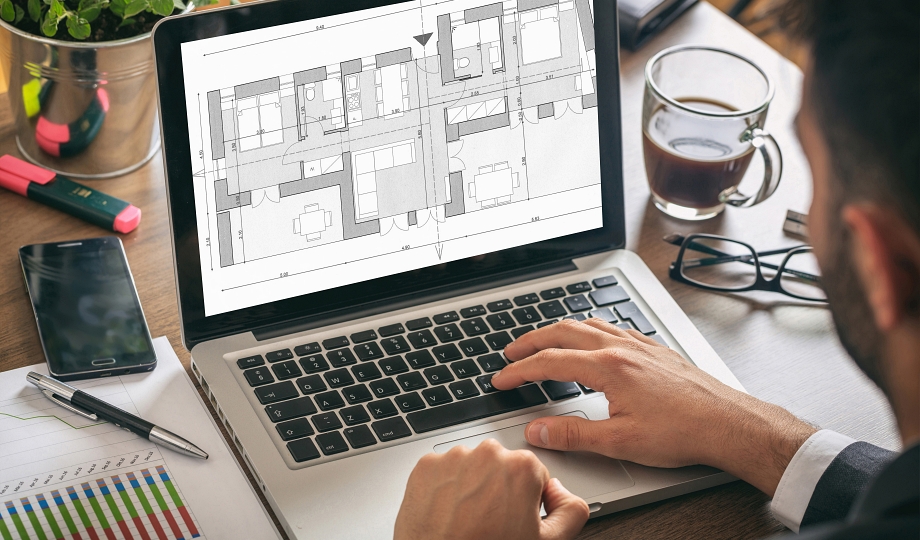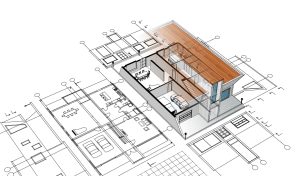
Computer-Aided Design (CAD) and 3D printing are transforming how drafting and design students are building the future. Students are leveraging CAD software to create digital models, which are then translated into physical prototypes using 3D printing. This allows for faster prototyping, iterative design, and creating complex geometries that were previously difficult or impossible to manufacture. Contact ITI Technical College today for more information.
The Future With CAD And 3D Printing: Prototyping And Design
 The future with CAD and 3D printing looks impressive, with prototyping and complex geometry design. Students can quickly create and test prototypes directly from their CAD models, leading to faster product development cycles and improved designs. These technologies are being used on a global scale to lower production costs.
The future with CAD and 3D printing looks impressive, with prototyping and complex geometry design. Students can quickly create and test prototypes directly from their CAD models, leading to faster product development cycles and improved designs. These technologies are being used on a global scale to lower production costs.
3D printing allows for creating intricate and complex shapes that are difficult or impossible to manufacture using traditional methods, expanding design possibilities. CAD software is used to create the digital design, which is then sent to a 3D printer to produce a physical prototype. This process allows designers to iterate quickly, making adjustments to the design based on feedback from the prototype. 3D printing can be used to create functional prototypes that can be tested for performance and durability.
The Future With CAD And 3D Printing: Iterative Design And Cost-Effectiveness
Two additional ways CAD and 3D printing are shaping the future include using iterative design and cost-effective prototypes. They make drafting and design work easier, more effective, and less expensive.
- Iterative Design: Students can easily iterate on their designs in the digital realm and then quickly print physical prototypes for testing and refinement, leading to better product outcomes. Each iteration builds upon the previous one, incorporating feedback and insights to improve the design until it meets the desired criteria. This approach is critical when continuous improvement is mandatory.
- Cost–Effective Prototypes: 3D printing provides an affordable way to create prototypes, allowing students to experiment with different designs and materials without incurring high costs. Small businesses can become more competitive with cost-effective 3D equipment and production. Iterative design principles can apply to large product manufacturers and construction companies that seemed impossible a decade ago.
|
“Students are leveraging CAD software to create digital models, which are then translated into physical prototypes using 3D printing.” |
The Future With CAD And 3D Printing: New Designs And AI Integration
Two more advancements shaping the future of drafting and design include new design possibilities and artificial intelligence (AI) integration. The combination of CAD and 3D printing opens up new design possibilities, such as parametric modeling and generative design. Parametric modeling uses parameters and rules to define and modify a design. Generative design uses algorithms to explore numerous designs based on set constraints and objectives. Both can lead to innovative solutions across various industries.
 CAD software is increasingly integrating with AI to further accelerate design workflows and enable the creation of more sophisticated designs. This will lead to faster design cycles, more complex and optimized designs, and potentially democratize access to design capabilities. AI will automate tasks, optimize designs for 3D printing, and even generate designs from natural language descriptions.
CAD software is increasingly integrating with AI to further accelerate design workflows and enable the creation of more sophisticated designs. This will lead to faster design cycles, more complex and optimized designs, and potentially democratize access to design capabilities. AI will automate tasks, optimize designs for 3D printing, and even generate designs from natural language descriptions.
Benefits Of Building The Future
Building tomorrow in drafting and design with CAD and 3D printing provides several desirable benefits no matter the industry you may work in. They include these benefits:
- Educational Benefits: 3D printing provides students with hands-on experience in additive manufacturing and allows them to explore a wide range of design concepts and materials.
- Industry Benefits: CAD and 3D printing are used in diverse industries, including architecture, manufacturing, aerospace, and healthcare, to name a few. They are used for product development, prototyping, and even final production.
- Environmental Benefits: 3D printing can reduce material waste and energy consumption compared to traditional manufacturing methods, making it a more sustainable option.
CAD and 3D printing empower drafting and design students to push the boundaries of innovation and build the future. By integrating these technologies into their workflows, students are developing essential skills for the modern workplace and contributing to the advancement of various industries.
Drafting And Design Technology Education And Training
For anyone interested in a career in drafting and design, earning a Drafting and Design Technology (AOS) Associate in Occupational Studies Degree will open many employment opportunities. Explore what ITI Technical College has to offer as an award-winning technical school. Our faculty and staff want to see you succeed in your career and experience a better life. Check out our application process today.
For more information about graduation rates, the median debt of students who completed the program, and other important information, please visit our website: https://iticollege.edu/disclosures/




